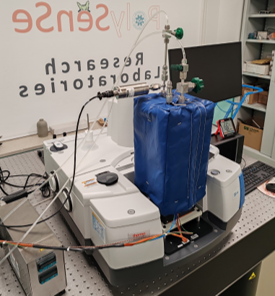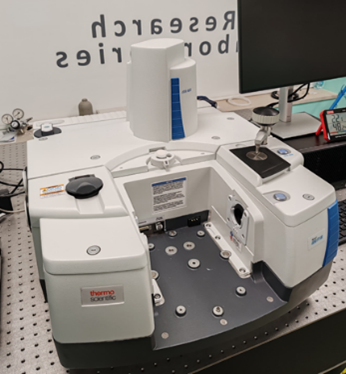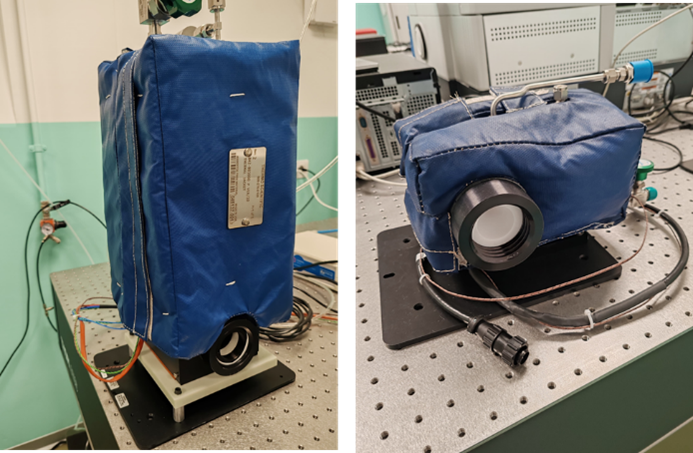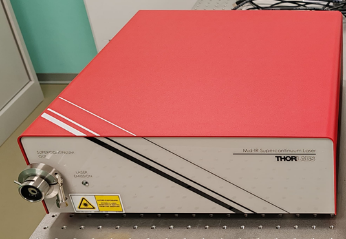
Location: Istituto di BioRobotica – Scuola Superiore Sant’Anna
Lab head: Prof. Vincenzo Spagnolo
Contact: vincenzoluigi.spagnolo@poliba.it
Lab Team

Vincenzo Spagnolo
Lab Head Full Professor

Marco Moscato
Associate Professor

Pietro Patimisco
Associate Professor

Marilena Giglio
Assistant Professor

Arianna Elefante
Istituto di Biorobotica

Andrea Zifarelli
Assistant Professor

Giansergio Menduni
Assistant Professor

Nicoletta Ardito
PhD Student

Lavinia Mongelli
PhD Student
Lab Mission
The BIOmarkers Infrared Spectroscopy and Sensing laboratory was established in 2022 as part of the EU-funded BRIEF project. The lab focuses on the comprehensive analysis of the optical properties of the main biomarkers involved in pathologies like colorectal and lung cancers or illness like liver, kidney, or respiratory diseases.
BIOS2 Lab aims at using Fourier-transform infrared spectroscopy (FTIR) to identify the specific spectral features of the investigated biomarkers that can be further targeted with optical techniques like quartz-enhanced photoacoustic spectroscopy or optical multi-pass spectroscopy.

Analysis of the spectra is performed by AI algorithms and machine learning methods with the aim of expanding and enriching the existing spectral databases, with spectra of known concentrations acquired at the resolution maximizing the signal-to-noise ratio.
The knowledge of such spectra is fundamental to design compact, portable, fast sensors detecting breath VOCs in mass screening campaigns, thus paving the way to novel approaches in early diagnosis.
The BIOS2 lab is also defined by its strong international collaboration network, as demonstrated by multiple joint publications and projects with renowned institutions including: Rice University, Shanxi University, Vrije Universiteit Amsterdam, Warsaw Institute of Technology, Technische Universität Wien, Nanyang Technological University, Munster Technological University, The Chinese University of Hong Kong, CNR-INO, CNR-IFN, CNR-NEST, Technical University of Munich, Jinan University, Shanghai Institute of Technical Physics, Harbin Institute of Technology, Università di Torino, University of Montpellier.
Devices
The major laboratory equipment consists of:
- FTIR spectrometer: it sends infrared radiation of 10,000 to 100 cm-1 through a sample, with some radiation absorbed and some passed through. The absorbed radiation is converted into rotational and/or vibrational energy by the sample molecules. The resulting signal at the detector presents as a spectrum representing a molecular fingerprint of the sample. Each molecule or chemical structure will produce a unique spectral fingerprint, making FTIR analysis a great tool for chemical identification.
- Multipass cells: they exploit multiple reflections on mirrors to increase the total optical path length that travels through the small cell volume.
- Mid-IR Supercontinuum laser source: all-fiber pulsed laser-driven system that provides a high-power spectral density within an ultra-broadband spectral range. A supercontinuum source is directional and, in some case, coherent, and can be efficiently injected and guided in an optical fiber, collimated over large distances, or even focused within a very small spot.
- Optical Spectrum Analyzer (OSA): it acquires the laser light spectrum via Fourier transform, using a scanning Michelson interferometer.

Nicolet iS50
LFTIR spectrometer capable of acquiring spectra over the 4000 – 400 cm-1 Spectral Range with a resolution of as high as 0.125 cm-1. Three Detectors available (auto-placement): two in the Mid-IR, from 650 cm-1 (15.4 µm) (MCT, DTGS) and one in the Far-IR, from 400 cm-1(25 µm) (DTGS-A).
Data sheet: download
Note:

Multipass cells
Available two cells: a) 10 m – optical path long cell, with a volume of 2 L, a 20 – 185 °C operation temperature range and a maximum pressure of 200 psi; b) 2 m – optical path long cell, with a volume of 0.2 L, a 20 – 185 °C operation temperature range and a maximum pressure of 50 psi.
Data sheet: download
Note:

SC4500
Femtosecond pumped Mid-IR Supercontinuum laser source. It emits over a wavelength range from 1.3 μm to 4.5 μm (7700 cm-1 to 2200 cm-1) with >300 mW of average output power in a single-mode, collimated beam. The pulsed femtosecond oscillator driving the supercontinuum runs at a fixed repetition rate of 50 MHz.
Data sheet: download
Note:

OSA207C
Optical Spectrum Analyzer operating in the wavelength range from 1.0 to 12.0 µm (10 000 – 833 cm-1) with a Spectral Resolution of 7.5 GHz (0.25 cm-1)
Data sheet: download
Note:



